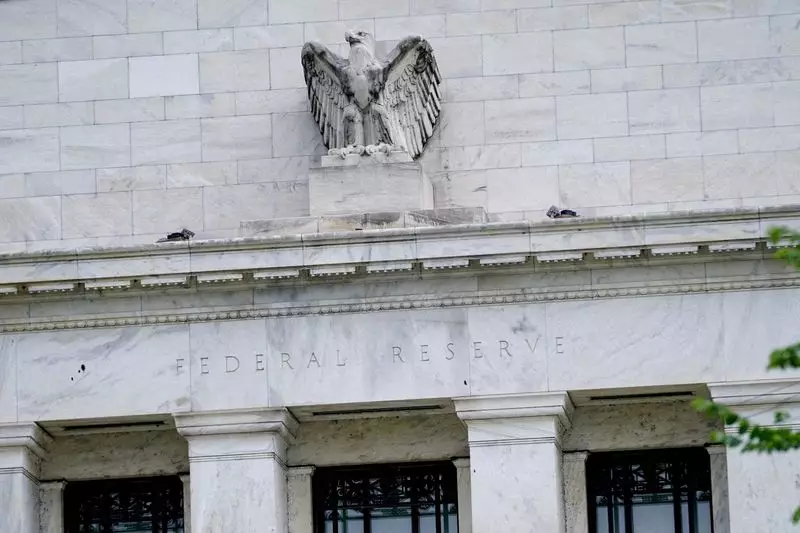In recent months, financial executives and investors have been expressing concerns about the growing U.S. fiscal deficits. The reaction of bond vigilantes to spendthrift French politicians serves as a stark reminder that the market will ultimately determine the tipping point for debt sustainability. While there have been warnings about the potential risks associated with rising deficits in the U.S., the bond markets have largely remained calm. Despite the prevailing sentiment on Wall Street, bond markets have focused on other factors such as the Federal Reserve rate outlook, inflation projections, and overall economic conditions.
The recent spike in yields in France due to concerns about the country’s fiscal plans should serve as a cautionary tale for the United States. The sudden awakening of bond vigilantes in response to government profligacy in France highlights the potential risks of overlooking the implications of unsustainable debt levels. With the upcoming presidential debate in the U.S., there is growing anticipation that policy outlook may start influencing market sentiments in the near future. Market participants have expressed apprehensions about the sustainability of U.S. debt, emphasizing the need for proactive measures to address the issue.
A significant market flare-up resulting from doubts about debt sustainability can have wide-reaching repercussions, especially if it is sustained. Investors are anticipating future rate cuts by the Federal Reserve, but any abrupt shift in market sentiment could lead to a rise in yields, undermining the central bank’s efforts to stabilize the economy. The recent market turbulence in France following political developments underscores the potential impact on government funding and equity markets. While the situation in France has not escalated to the extent of the 2022 U.K. bond crisis, it serves as a stark reminder of the vulnerabilities associated with escalating debt levels.
The Congressional Budget Office recently revised its deficit forecast for the next decade, projecting a substantial increase in cumulative deficits. Investors are closely monitoring the situation, as evidenced by the widening spread between 30-year Treasury bond yields and interest rates on low-risk alternatives such as the SOFR swap. This increasing spread reflects concerns about the mounting debt issued by the U.S. government, leading to higher yields on Treasury bonds. The disparity between U.S. and German government bond yields further underscores the fiscal discipline disparity between the two countries.
Industry executives have been engaging in discussions about the potential risks associated with mounting U.S. deficits. Conversations surrounding the timeline for when debt could become a significant problem vary, with some suggesting a horizon of five years while others anticipate a more extended timeframe. The prevailing sentiment among market participants is one of caution, with many acknowledging the need for a comprehensive strategy to address the challenges posed by ballooning deficits. Anonymity is often requested to facilitate candid conversations without concerns about repercussions from affiliated institutions.
The market’s response to escalating U.S. fiscal deficits underscores the need for proactive measures to address debt sustainability concerns. The experiences of other countries, such as France, serve as cautionary tales of the potential ramifications of delaying necessary fiscal reforms. Market participants must remain vigilant and proactive in addressing the challenges posed by mounting deficits to ensure financial stability and economic resilience in the long run.

